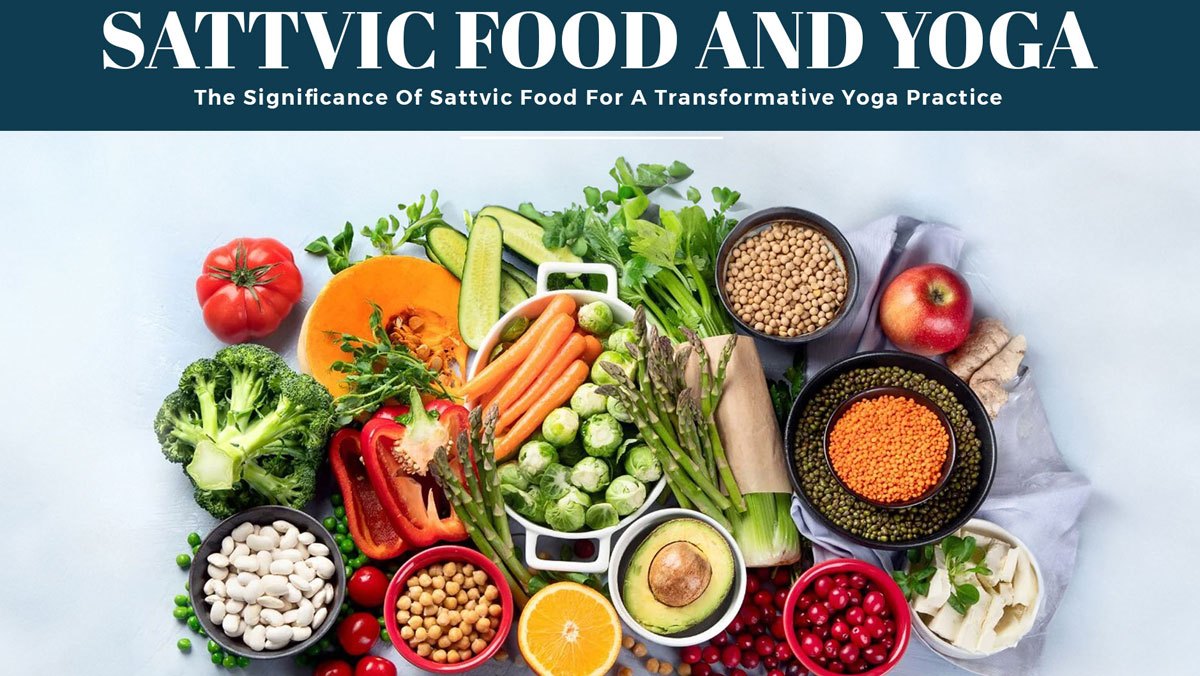Today, it seems like everyone is a health and nutrition expert.
You go home, and your mother, father, sister or grandmother will offer advice on what to eat – all based on personal beliefs, home remedies, or family traditions.
At the office, colleagues passionately promote the latest trending diets or fitness routines that worked for them (for a week).
Stop at a local chai or paan shop, and you’ll still find someone confidently sharing their own weight-loss tip.
Visit the gym – they’ll swear by their own high-protein, no-carb routines.
Go to a yoga center, and you’ll be guided by ancient Vedic principles with advice rooted in spiritual and sattvic living.
Every dietitian seems to have their own version of the truth.
Type “health and nutrition” into Google, and you’ll get over 1.1 billion results in seconds.
Ask a question on Quora and brace yourself – 100 to 200 self-declared experts will reply, each with their unique and often conflicting take.
All this noise… and you haven’t even opened a book yet!
And speaking of books – millions have been written on food, fasting and fat loss. The global wellness market is a multi-billion-dollar industry, and millions of people today earn their living through diet advice, coaching, supplements, meal plans, and “detox” packages.
So what do most people end up doing?
They give up – overwhelmed, confused – and decide to just enjoy a pizza, burger, or whatever brings momentary peace.
So… What’s the Solution?
Don’t follow everyone. Learn to follow yourself.
You can create a version of health and nutrition that actually works for you – your body, your environment, and your values. But in doing that, keep these timeless basics in mind:
- Moderation is key – everything in balance
- Move more – any movement is better than none
- Sleep well – rest restores what food and exercise can’t
- Be joyful and connected – mental health is real health
- Root yourself in wisdom – explore the ancient guidance of texts like the Srimad Bhagwat Gita
Let’s look at how the Gita classifies food into Satvik, Rajsik, and Tamsik diets – and why these concepts are more relevant today than ever.
A Yogic perspective from the Srimad Bhagavad Gita
Diet is possibly one of the most talked-about and debated topics today. Instead of telling you what to eat and what to avoid, I turn to an ancient text written more than 5,000 years ago – the Srimad Bhagavad Gita – for answers.
You might be surprised to know that while thousands of books and millions of articles have been written about diet and nutrition, the Gita simplifies this vast topic into just three shlokas – offering one of the most concise yet profound definitions of healthy eating.
We live in an era where diet advice is a billion-dollar industry. Millions of people earn their living by selling meal plans, promoting detox fads, and writing “ultimate” guides to eating right. But the Bhagavad Gita cuts through all this noise with timeless wisdom.
Understanding the three Gunas and their connection to food
According to the Gita, all of nature is governed by three Gunas or qualities – present in everything and everyone, only in different proportions. This framework also applies to food:
- Sattvik: (Purity, clarity, harmony): Foods that promote health, longevity, and peace of mind. These should form the majority of your diet.
- Rajsik: (Passion, restlessness, intensity): Foods that may excite or agitate the body and mind. These should be consumed in moderation.
- Tamsik: (Inertia, dullness, decay): Foods that harm the body and mind. These are best avoided.
Sattvik Food (Chapter 17, Verse 8): Eat Regularly
आयु:सत्वबलारोग्यसुखप्रीतिविवर्धना: |
रस्या: स्निग्धा: स्थिरा हृद्या आहारा: सात्विकप्रिया: || 8||
āyuḥ-sattva-balārogya-sukha-prīti-vivardhanāḥ
rasyāḥ snigdhāḥ sthirā hṛidyā āhārāḥ sāttvika-priyāḥ
These foods enhance longevity, strength, health, happiness, and satisfaction. They are juicy, naturally oily, nourishing, stable, and pleasing to the heart — and are loved by those with a sattvik nature.
In practice, this means:
- Rasyah (Juicy): Fruits, vegetables, naturally water-rich foods
- Snigdhah (Naturally oily): Nuts, seeds, dairy, foods with nourishing fats
- Sthirah (Stable & lasting): Foods that digest slowly and nourish over time
Grains like wheat and rice are fast-digesting and may spike blood sugar. Instead, the Gita’s wisdom suggests millets, which are:
- Non-glutinous
- Easy to digest
- Rich in nutrients
- Low glycemic
- Suitable for sustained energy and satiety
Examples of Sattvik grains (Millets):
- Jhangora (Barnyard Millet)
- Mandua/Ragi (Finger Millet)
- Barri/Cheena (Proso Millet)
- Bajra (Pearl Millet)
- Jowar (Sorghum)
- Kangani (Foxtail Millet)
Rajsik Food (Chapter 17, Verse 9): Consume in Moderation
कट्वम्ललवणात्युष्णतीक्ष्णरूक्षविदाहिन: |
आहारा राजसस्येष्टा दु:खशोकामयप्रदा: || 9||
kaṭv-amla-lavaṇāty-tuṣhṇa- tīkṣhṇa-rūkṣha-vidāhinaḥ
āhārā rājasasyeṣhṭā duḥkha-śhokāmaya-pradāḥ
Foods that are excessively bitter, sour, salty, hot, pungent, dry, or chiliful are dear to rajsik individuals and lead to pain, grief, and disease.
While foods like onion, garlic, lemon, and ginger are technically rajsik, Ayurveda classifies them as Aushadhi (medicinal). Hence, they should be consumed as medicine, not staple food — and only when needed or seasonally appropriate.
Tamsik Food (Chapter 17, Verse 10): Avoid
यातयामं गतरसं पूति पर्युषितं च यत् |
उच्छिष्टमपि चामेध्यं भोजनं तामसप्रियम् || 10||
yāta-yāmaṁ gata-rasaṁ pūti paryuṣhitaṁ cha yat
uchchhiṣhṭam api chāmedhyaṁ bhojanaṁ tāmasa-priyam
Foods that are stale, tasteless, putrid, decomposed, unclean, or leftovers are preferred by those in tamas and should be avoided.
This includes:
- Food eaten several hours after preparation
- Items that have lost their taste and vitality
- Overcooked or reheated food
- Food with foul smell or impurity
- Most processed and packaged food once opened
- Flour (atta) stored in the refrigerator for too long
Ideally, food should be consumed within 3 hours of preparation. The closer to nature and seasonally/local it is, the better it is for your well-being.
A note on Superfoods:
Some foods stand out across all traditions. If there’s one thing close to Amrut (nectar) on Earth, it’s Amla (Indian Gooseberry) – revered for its medicinal and rejuvenating properties.
Let’s bring wellness that works to your office – one small, smart move at a time. Contact Us today for a Demo Session!



